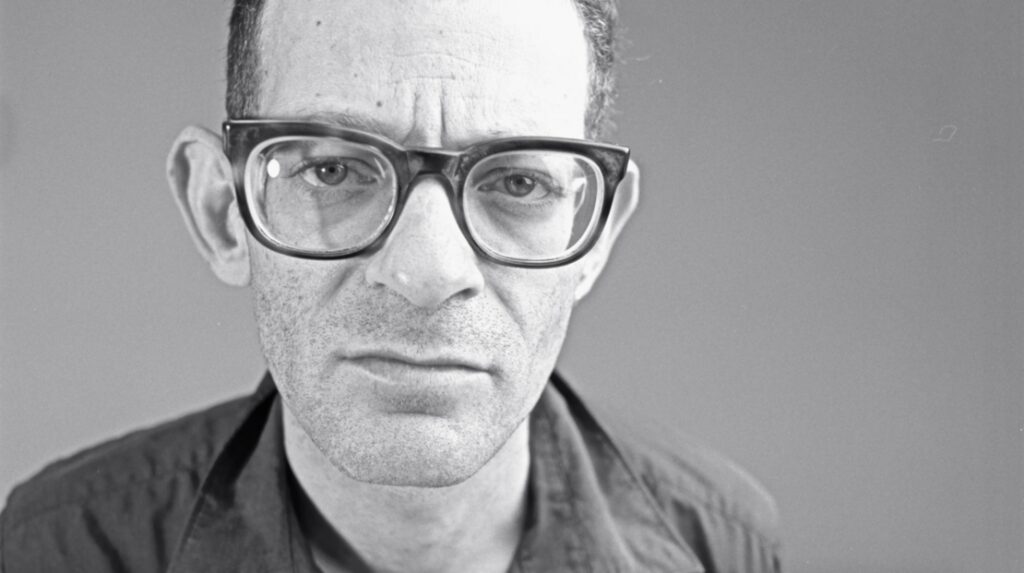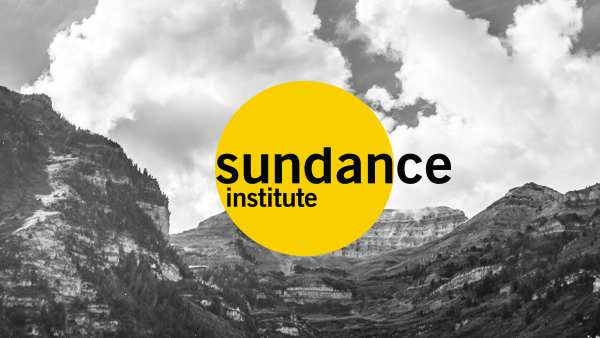The Latest

Peter Sillen on Making His Jesse Bernstein Doc, ‘I Am Secretly an Important Man’
Peter Sillen is a New York–based documentary filmmaker whose documentary shorts Speed Racer and Branson: Musicland USA screened at the 1994 and 2003 Sundance Film Festivals, respectively.Jesse Bernstein was a brilliant, complex, and troubled individual. He lived a more colorful life than most people ever dream of.

Neil Kellerhouse, Owner of Kellerhouse, Inc.
Q: What is your background, how did you begin your journey to film art?
A: I was working in the music industry until they sued Napster. I thought that was a really dumb thing to do, so I started aggressively moving away from that industry. Iʼd already been working with Disneyʼs marketing department, primarily on Pixar films.

Sundance Institute’s Artist Services Reaches Out
Sundance Institute announced the expansion of the #ArtistServices Initiative, a program to help Institute alumni navigate the marketplace of independent film distribution, which was first made public during the 2011 Sundance Film Festival with an initial team-up with Kickstarter. Since January, this collaboration has raised more than $700,000 for a total of 24 Sundance Institute alumni projects. Today’s announcement included the expansion of partners that filmmakers can now make their films available through online: iTunes, Amazon Instant Video, Hulu, Netflix, SundanceNOW, and YouTube.

Strand Releasing’s Marcus Hu on the Story of the ‘Uncle Boonmee’ Poster
Strand Releasing was formed in 1989, and its goal has been to fuse quality art films with commercial product. They have produced ten feature films including Gregg Araki’s The Living End, Grief, Billy’s Hollywood Screen Kiss, Psycho Beach Party, and more. They have distributed the works of such renowned international artists, and they have a vibrant home media library with over 300 titles from their 22 years in business.

In Awe in East Africa
Philip Himberg is Producing Artistic Director of the Sundance Institute Theatre Program. He is currently at the Theatre Lab on Manda, a two-week exchange and development program providing East African artists with guidance in their creative development toward final production.Bounding over the waves of the Indian Ocean under a moonless sky, no lights on our little boat.

Social Media Storytelling for Filmmakers
Josh is cofounder and CEO of Gowalla. Prior to Gowalla, he was co-founder and CEO of Blinksale, an online invoicing service, as well as Firewheel Design, an award-winning digital and mobile design consultancy. An avid skier and snowboarder, he lives in Austin, TX with his wife and two young daughters where he enjoys live music and breakfast tacos.

What Am I Doing?
Philip Himberg is producing artistic director of the Sundance Institute Theatre Program. He is currently at the Theatre Lab on Manda, a two-week exchange and development program providing East African artists with guidance in their creative development toward final production.In my rehearsal, we switch from reading a scene in English to reading the same scene in Amharic.

Anne Lai on Why Producers Might Benefit Most From Sundance Institute’s #ArtistServices
As we all know, the challenges in making independent films have always been there and will continue to be there. It wouldn’t be independent if it were easy. In many ways, the burden lies squarely on the producer’s shoulders – how to nurture great material, how to piece together financing, how to inspire a army of contributors along every step of the way, and how to get the film made (and made well) and out into the world.

What We’ve Been Up To: #ArtistServices Launches
Since 1981, Sundance Institute has supported more than 6,000 artists who have brought original stories and authentic voices to the screen and stage. Our primary commitment has always been to support the development of independent film and theatre and to expose it to audiences – in any way possible.
Recent advancements in technology, marketing, distribution and the emergence of crowd funding have created new opportunities for audiences to experience your work.

NativeLabs and #ArtistServices Unite
Since the founding of Sundance Institute there has been a commitment to supporting Native American filmmakers in developing their work through the Labs and screening films at our Film Festival. Since the early years of the early ’80s as a fledgling community of filmmakers paved the way for newer generations, there have been constant shifts in the way films are funded, made and seen. Tenacity has been at the core of existence for those few Native filmmakers who have actually made a feature film and taken it out into the marketplace.

The Reality of #ArtistServices (or a Doc’s POV)
1989, 2002, 2004: Doc lovers will recognize the dates as the years that Michael Moore released the films Roger and Me, Bowling for Columbine, and Fahrenheit 911. Box Office Mojo grosses list $6.7 million, $21 million and $120 million respectively, give or take some change.

Us vs. Them: Film Producer Reid Carolin on Getting Creative with Distribition
Reid Carolin is a producer, screenwriter, and co-founder of Constellation, a startup digital exhibition platform launching this summer. He produced and developed Kimberly Peirce’s Stop-Loss (2008), and wrote and produced Earth Made of Glass (2011), a documentary on Rwandan president Paul Kagame. His upcoming films include Jamie Linden’s Ten Year and Steven Soderbergh’s Magic Mike, written and produced by Carolin.

Our Obligation To Share
Hope has produced more than 60 films, including three Sundance winners and the first features of Michel Gondry, Hal Hartley, Nicole Holofcener, and Ang Lee. Among his recent films, Sean Durkin’s Martha Marcy May Marlene won the Sundance Directing Award, and Todd Solondz’s Dark Horse is headed for fall festivals. He cofounded HammerToNail.

Kickstarting Sundance
Yancey Strickler is the cofounder of Kickstarter, the largest funding platform for creative projects in the world. His writing has appeared in New York Magazine, Pitchfork, Spin, and the Village Voice, among other publications. He lives in New York City and has personally backed more than 400 Kickstarter projects.

Will Independent Films Benefit From Digital Projection Conversion?
Every year for the past five ShoWest confabs (the annual movie theater owner convention in Las Vegas) has been dubbed the year of “digital cinema.” For movie theater owners, the decision to buy digital projection equipment for their new build locations made sense, but spending $100K per booth to replace perfectly good 35mm equipment in existing theaters was not worthwhile. Progress was slow.
